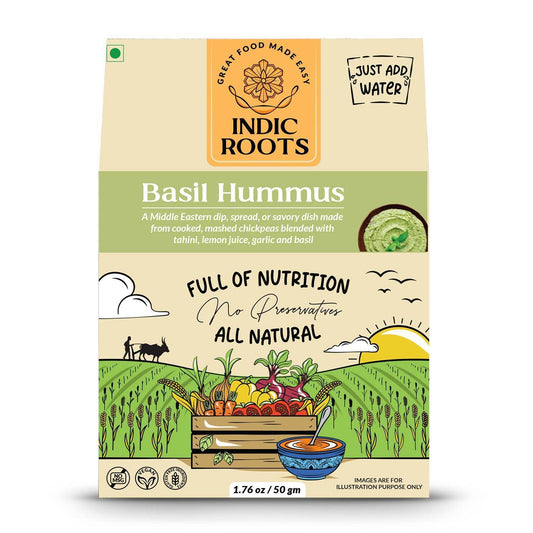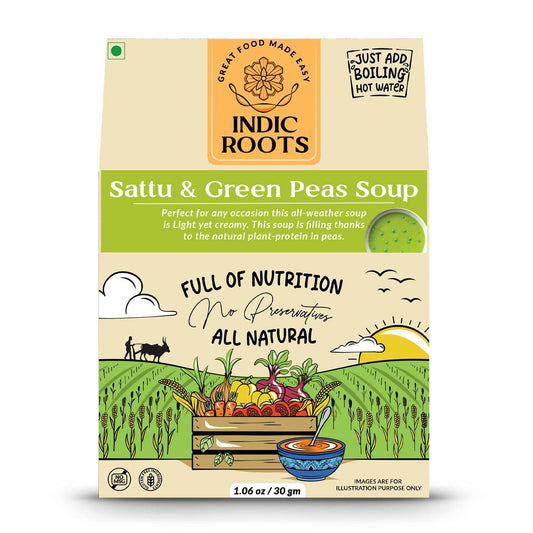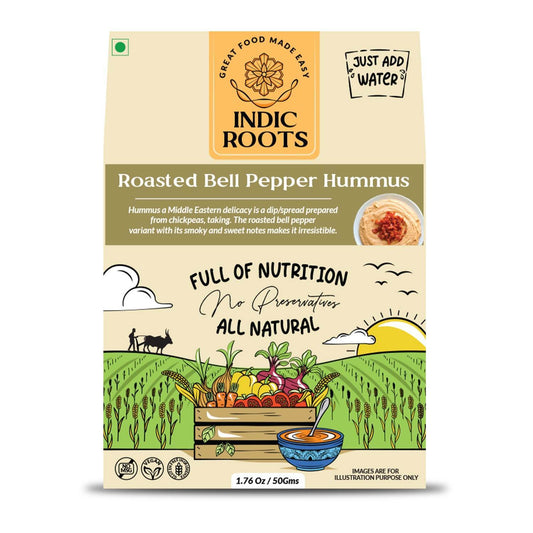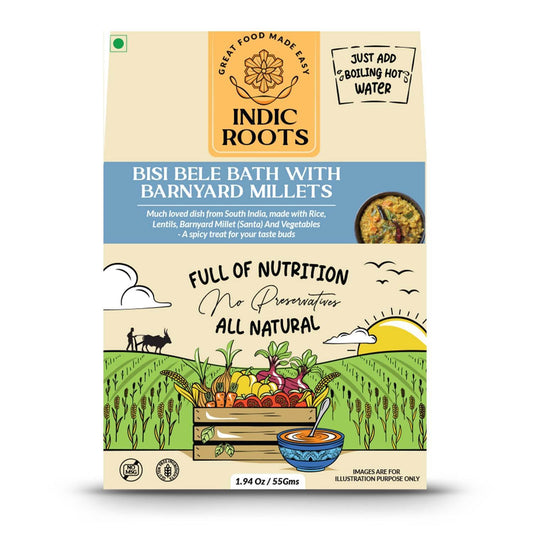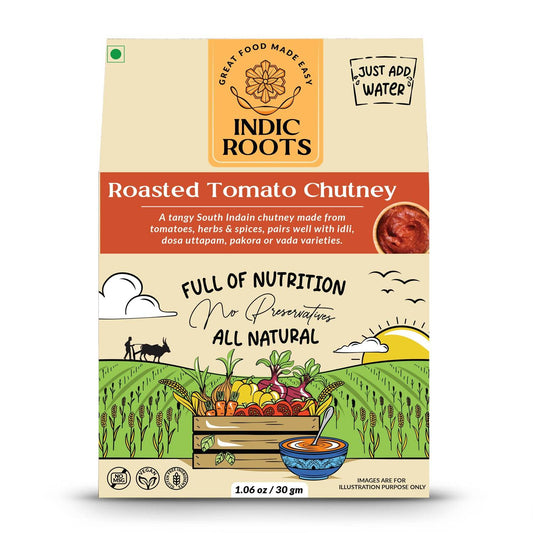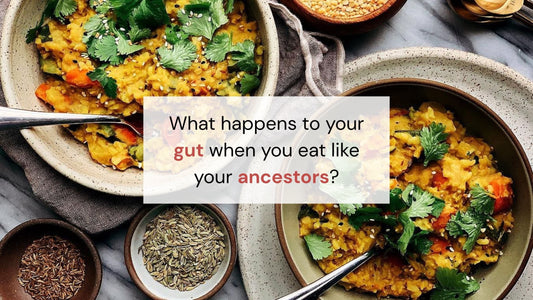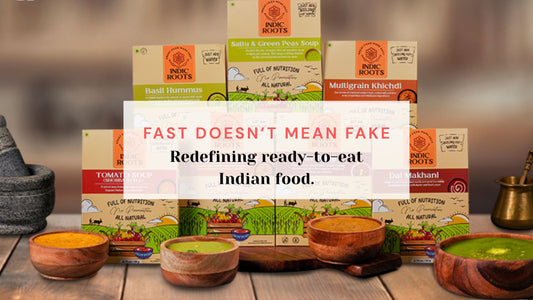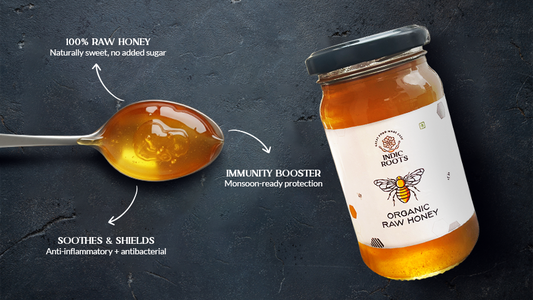We read labels. Incessantly. Most ready-to-eat products come with an ingredient list longer than a family WhatsApp group chat, and just as convoluted. The front of the pack might promise a gluten-free, dairy-free, low-carb delight, but it's the back of the pack where the truth is buried in fine print.
So, how can you become more aware, and what are the alternatives?
Let’s start with the root of the problem - preservatives. While they promise longer shelf life, these chemical helpers don’t just keep food “fresh”; they also affect what happens inside your body, especially your gut
Your gut is a complex ecosystem of trillions of bacteria that play a huge role in your overall health, from digestion to immunity to mood. Common preservatives like sodium benzoate, potassium sorbate, and artificial flavour enhancers can disturb this delicate balance. Research shows that regular exposure to such additives may lead to:
-
Disruption of gut bacteria – Reducing the number of helpful microbes that aid digestion.
-
Bloating and poor digestion – Making your body feel heavy or uncomfortable.
-
Lower energy levels – Because poor digestion affects how well your body absorbs nutrients.
-
Weakened immunity – Since a healthy gut is the first line of defence against illness.

So why do many packaged food brands still use them? Because preservatives make manufacturing easier, provide a longer shelf life, a uniform appearance, and a stable taste. But convenience for manufacturers doesn’t always mean better for your body.
Get aware by digging into that fine print. Read the ingredients list carefully. Here’s what to look out for:
-
The first item is the main ingredient inside the product, so whatever appears up front is what you’re really buying.
-
Other ingredients are listed in descending order of their presence, so you know how much of the product is REALLY what is marketed
-
Keep it simple. Short lists with everyday items you can understand and pronounce indicate clean labels.
-
As a rule of thumb, if you’ve never heard of it, it has a number or reads like a chemical formula, it's most likely a red flag.
-
Avoid products where sugar (or a sugar syrup) appears high in the list or where multiple sweeteners/additives appear.
So, how do you make the switch? The simple way is to go back to the basics.
Food that looks, tastes and reads like food, not chemistry. Look for whole ingredients, spices and grains on the labels. When it comes to packaged foods, choose brands that are transparent, with short ingredient lists, and real, wholesome ingredients.

